Blog
Blog
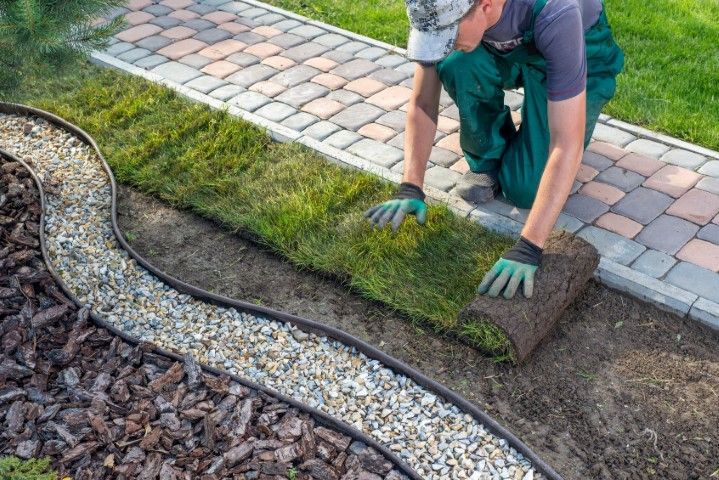
09 May, 2024
However, with the right approach, even modest budgets can yield remarkable transformations. At Lancaster Landscaping, we believe in maximizing the potential of every outdoor space, regardless of financial constraints. In this blog post, we'll explore budget-friendly lawn upgrades that deliver significant visual impact without breaking the bank. Strategic Plantings One of the most cost-effective ways to enhance your lawn is through strategic plantings. Opt for native plants or perennials that require minimal maintenance and water. These plants not only thrive in your local climate but also add texture, color, and depth to your landscape. Consider incorporating ground cover plants like creeping thyme or ornamental grasses to fill in bare spots and reduce the need for mowing. Mulching and Edging Mulching not only conserves moisture and suppresses weeds but also provides a polished look to your lawn. Choose organic mulches like wood chips or shredded bark, which gradually break down and enrich the soil. Additionally, neatly edged flower beds and pathways create defined borders, lending a manicured appearance to your landscape without the need for expensive materials or labor. DIY Hardscape Projects Incorporating hardscape elements can elevate the aesthetic appeal of your lawn while staying within budget. Consider DIY projects such as building a stone pathway, installing a small patio using affordable pavers, or creating a charming seating area with reclaimed materials. These projects not only add functionality but also serve as focal points that enhance the overall beauty of your outdoor space. Creative Lighting Illuminate your lawn and landscape features with creative lighting solutions to extend the enjoyment of your outdoor space into the evening hours. Solar-powered lights are not only energy-efficient but also budget-friendly, requiring no wiring or electricity costs. Strategically placed lights along pathways, around trees, or highlighting architectural elements can create a magical ambiance and enhance the visual interest of your lawn. Regular Maintenance Perhaps the most crucial aspect of maintaining a beautiful lawn on a budget is consistent upkeep. Regular mowing, trimming, and weeding not only promote the health of your grass and plants but also prevent small issues from escalating into costly problems. Investing time in proper maintenance practices ensures that your lawn remains vibrant and inviting throughout the year. Enhancing your lawn doesn't have to drain your bank account. By implementing these budget-friendly upgrades and incorporating a bit of creativity and elbow grease, you can achieve a stunning landscape that's as easy on the eyes as it is on your wallet. At Lancaster Landscaping, we're committed to helping you realize your vision for a beautiful outdoor oasis without breaking the bank. Contact us today to discover how we can transform your lawn into a budget-friendly masterpiece!

04 May, 2024
With thoughtful landscaping, you can elevate your outdoor experience and create a personalized sanctuary that reflects your style and enhances your lifestyle. From innovative design elements to imaginative features, here are five creative ways to landscape your outdoor space. Vertical Gardens and Living Walls Vertical gardens and living walls are innovative landscaping solutions that add visual interest, maximize space, and promote biodiversity. Whether you have a small urban patio or a sprawling backyard, vertical gardens can transform bare walls and fences into lush greenery-filled focal points. Explore creative planting options such as cascading vines, colorful foliage, and aromatic herbs to create a dynamic vertical oasis that delights the senses and attracts beneficial pollinators. Multi-functional Outdoor Spaces Embrace the concept of multi-functional outdoor spaces to maximize the usability and versatility of your landscape. Designate distinct zones for lounging, dining, cooking, and gardening, each tailored to suit your specific needs and preferences. Incorporate flexible furnishings, such as modular seating arrangements, convertible tables, and portable fire pits, that can adapt to different activities and occasions. By creating adaptable outdoor spaces, you can seamlessly transition from intimate gatherings to lively soirées with ease. Water Features with a Twist Water features are timeless additions to any landscape, providing soothing sights and sounds that enhance relaxation and tranquility. Take your water feature to the next level by incorporating unique and unexpected elements that captivate the imagination. Consider integrating naturalistic streams, bubbling fountains, or reflective ponds adorned with artistic sculptures or floating lanterns. Enhance the sensory experience with underwater lighting, aquatic plants, and strategically placed seating areas that invite contemplation and connection with the water element. Outdoor Art and Sculptures Infuse your landscape with personality and charm by integrating outdoor art and sculptures that serve as focal points and conversation starters. From whimsical sculptures and abstract installations to functional art pieces like trellises and arbors, there are endless possibilities to express your creativity and enhance your outdoor aesthetic. Choose art that resonates with your personal style and complements the surrounding landscape, whether it's contemporary, traditional, or eclectic. Art in the garden adds depth, intrigue, and a touch of whimsy that transforms your outdoor space into a gallery of curated delights. Sensory Gardens for Mindful Living Create a sensory garden that engages the senses and promotes mindfulness, relaxation, and well-being. Design with intentionality, incorporating elements that stimulate sight, smell, touch, taste, and sound to create a multi-sensory experience. Integrate fragrant flowers, aromatic herbs, textured foliage, and tactile pathways that invite exploration and sensory discovery. Enhance the ambiance with gentle wind chimes, rustling grasses, and the soothing sound of trickling water. A sensory garden provides a sanctuary for reflection, rejuvenation, and connection with the natural world. Landscaping is a creative endeavor that allows you to reimagine and reinvent your outdoor space to reflect your lifestyle, preferences, and personality. By incorporating these five creative landscaping ideas, you can elevate your outdoor experience and transform your landscape into a captivating sanctuary that inspires and delights. Whether you're drawn to vertical gardens, multi-functional spaces, water features, outdoor art, or sensory gardens, there's no limit to the possibilities for enhancing your outdoor oasis. Let your imagination soar, and embark on a landscaping journey that brings your vision to life and elevates your outdoor living experience to new heights.
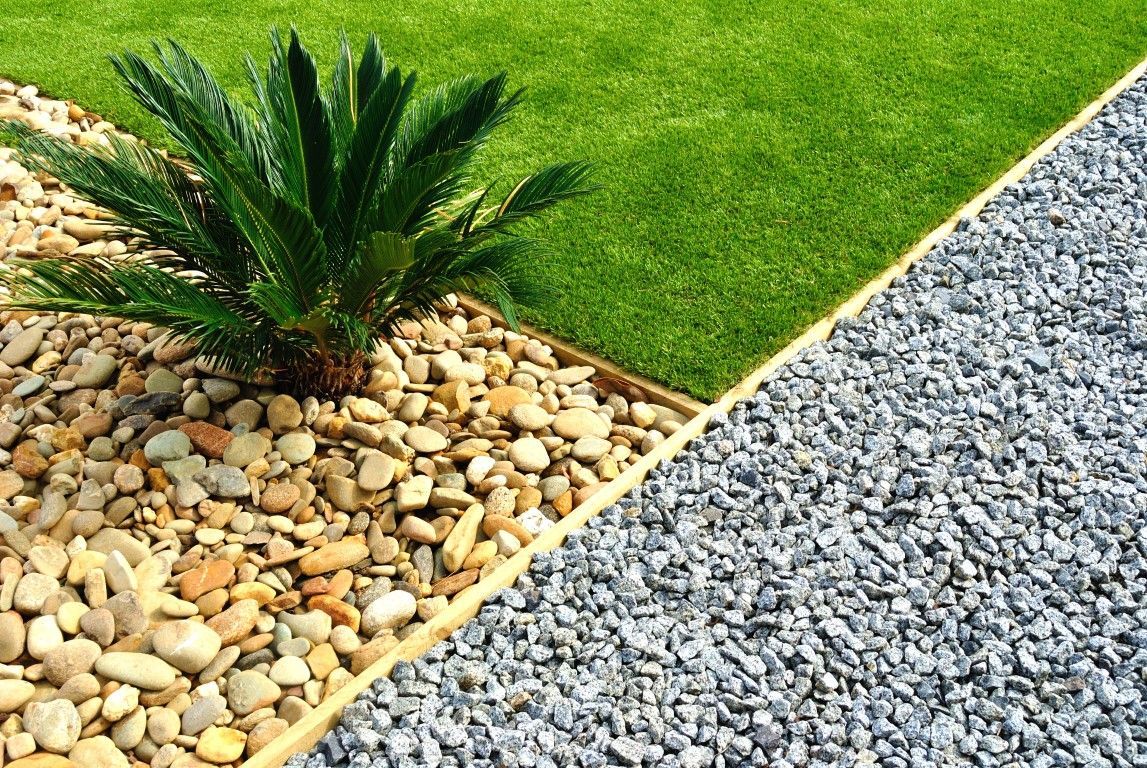
03 May, 2024
Offering endless opportunities for relaxation, entertainment, and connection with nature. Whether you're starting from scratch or looking to refresh your existing landscape, landscaping can transform your outdoor area into a beautiful and functional retreat. However, to achieve the landscape of your dreams, it's essential to understand the dos and don'ts of landscaping. Dos: Do Plan Ahead: Before you start digging or planting, take the time to create a comprehensive plan for your landscape. Consider factors such as your property's layout, sunlight exposure, soil type, and drainage. Determine your goals and priorities for the space, whether it's creating a lush garden, adding privacy, or enhancing curb appeal. Do Consider Maintenance: When designing your landscape, think about the level of maintenance you're willing to commit to. Choose plants, hardscape features, and irrigation systems that suit your maintenance preferences and schedule. Low-maintenance options such as native plants, mulch beds, and drip irrigation can help minimize upkeep requirements. Do Work with Your Environment: Embrace the natural features and climate of your location when planning your landscape. Select plants that thrive in your region's climate and soil conditions to ensure long-term success. Consider incorporating sustainable landscaping practices such as rainwater harvesting, composting, and native plantings to minimize environmental impact. Do Create Functional Spaces: Think beyond aesthetics and design your landscape to serve practical purposes. Define distinct areas for dining, lounging, gardening, and recreation to maximize usability and enjoyment. Incorporate elements such as pathways, patios, and seating areas to create flow and connectivity throughout the space. Do Invest in Quality Materials: When it comes to hardscape features such as pathways, patios, and retaining walls, invest in quality materials that will withstand the test of time. Opt for durable materials like natural stone, concrete pavers, and weather-resistant wood for longevity and aesthetic appeal. Quality materials may require a higher upfront investment but can save you money on repairs and replacements in the long run. Don'ts: Don't Neglect Proper Drainage: Poor drainage can lead to a host of issues in your landscape, including soil erosion, waterlogging, and plant stress. Avoid planting in areas with inadequate drainage, and consider incorporating features such as swales, French drains, and rain gardens to manage water runoff effectively. Proper drainage is essential for maintaining the health and integrity of your landscape. Don't Overplant: While it's tempting to fill your landscape with an abundance of plants, overcrowding can lead to competition for resources and poor growth. Instead, aim for a balanced mix of plants with varying heights, textures, and bloom times to create visual interest and biodiversity. Allow ample space for plants to mature and spread, and consider their ultimate size when planning placement. Don't Forget About Scale and Proportion: Pay attention to scale and proportion when designing your landscape to ensure a harmonious and balanced look. Avoid overwhelming small spaces with large plants or structures, and vice versa. Create visual hierarchy by varying the heights and sizes of plants and hardscape features to guide the eye and create depth. Don't Ignore Sun and Shade Patterns: Take note of the sun and shade patterns in your landscape throughout the day and across seasons. Select plants that are suited to your site's light conditions, whether it's full sun, partial shade, or deep shade. Consider the orientation of your home and existing structures when planning the placement of plants and outdoor living areas to optimize comfort and functionality. Don't Rush the Process: Landscaping is a gradual process that requires careful planning, execution, and maintenance. Avoid the temptation to rush through the design and installation phases, as hasty decisions can lead to costly mistakes. Take the time to research, plan, and implement your landscape vision thoughtfully, considering the long-term implications for both your property and the environment. Landscaping has the power to transform your outdoor space into a beautiful and functional retreat that enhances your quality of life and connects you with nature. By following these dos and don'ts of landscaping, you can create a landscape that reflects your vision, suits your lifestyle, and thrives for years to come. Whether you're a seasoned gardener or a novice landscaper, careful planning, attention to detail, and a willingness to adapt are key to achieving success in your landscape endeavors.
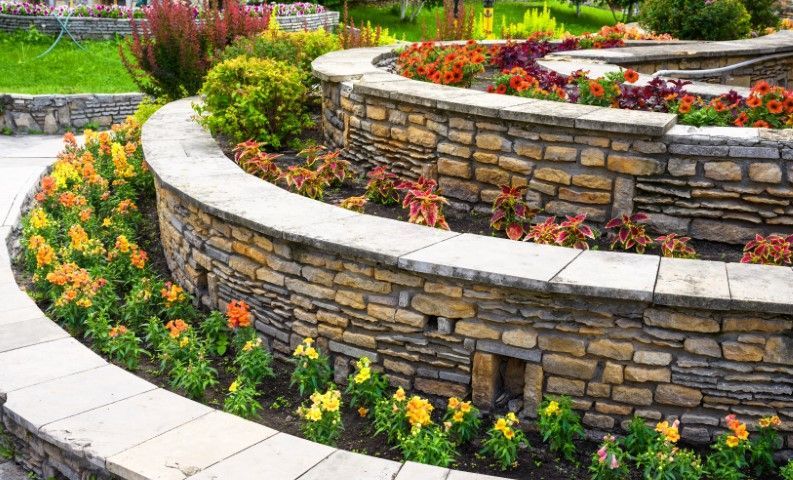
02 May, 2024
At Lancaster Landscaping, we pride ourselves on understanding the unique landscape challenges and opportunities presented by the Lone Star State. In Texas, where the climate can be as diverse as its people, incorporating hardscaping elements such as stone, pavers, and retaining walls requires a thoughtful approach that considers both functionality and aesthetics. In this blog post, we'll explore the Texas art of hardscaping, highlighting the factors that make outdoor design in the Lone Star State truly exceptional. Embracing the Texas Terrain Texas landscapes are as diverse as they are vast, from the rolling hills of the Hill Country to the coastal plains of the Gulf Coast. Hardscaping elements must be tailored to the unique terrain and soil conditions of each region, ensuring durability and longevity in the face of Texas' challenging climate. Choose materials that are well-suited to the local environment, such as limestone or sandstone, which are abundant in many parts of the state and blend seamlessly with the natural surroundings. Withstanding Texas Weather In Texas, where the weather can be unpredictable and extreme, hardscaping materials must be able to withstand a wide range of conditions, from scorching heat to torrential rainstorms. Opt for materials that are resistant to fading, cracking, and erosion, such as concrete pavers or natural stone with a high degree of weather resistance. Proper installation techniques, including adequate drainage and foundation preparation, are essential for ensuring the longevity of hardscaping features in the face of Texas weather challenges. Creating Cool, Shaded Retreats In the heat of a Texas summer, outdoor living spaces must provide relief from the relentless sun while still allowing for enjoyment of the great outdoors. Incorporate shade structures such as pergolas, arbors, or shade sails into your hardscaping design to create cool, shaded retreats where you can escape the heat and relax in comfort. Consider incorporating climbing vines or trailing plants into your shade structures to add beauty and greenery while providing additional protection from the sun's rays. Embracing Texas Style and Tradition Texans take pride in their state's rich history and cultural heritage, and hardscaping design offers an opportunity to pay homage to Texas style and tradition. Incorporate elements such as rustic stone walls, wrought iron accents, or native plantings to evoke the timeless beauty of the Texas landscape. Consider incorporating regional motifs or design themes, such as Spanish Colonial or Hill Country chic, to infuse your outdoor space with a sense of place and identity. Maximizing Outdoor Living In Texas, where the outdoor lifestyle reigns supreme, hardscaping elements play a crucial role in maximizing outdoor living and entertainment spaces. Design outdoor kitchens, fire pits, and seating areas using durable, weather-resistant materials that can stand up to years of use and enjoyment. Create seamless transitions between indoor and outdoor spaces with open-air patios, courtyards, or verandas that invite gatherings and celebrations year-round. Incorporating Drought-Tolerant Landscaping Water conservation is a top priority in Texas, where drought conditions are a recurring challenge. Incorporate drought-tolerant landscaping features such as xeriscaping, native plantings, and permeable paving materials into your hardscaping design to minimize water usage and promote sustainability. Choose plants and materials that are well-adapted to Texas' climate and require minimal irrigation, saving both water and money in the long run. Partnering with Experts When it comes to hardscaping in Texas, local expertise matters. Partner with a landscaping company like Lancaster Landscaping that understands the unique challenges and opportunities presented by the Texas landscape. Our team of expert landscaping contractors can help you design and install hardscaping features that are as functional as they are beautiful, ensuring that your outdoor space is a source of pride and enjoyment for years to come. Incorporating stone, pavers, and retaining walls into your Texas landscape requires a blend of creativity, expertise, and an understanding of the unique factors that make outdoor design in the Lone Star State truly exceptional. By embracing the Texas terrain, weather, style, and tradition, you can create outdoor spaces that are as functional as they are beautiful, reflecting the spirit and character of the great state of Texas. With the expertise of Lancaster Landscaping, you can elevate your outdoor environment to new heights of beauty, elegance, and sophistication, ensuring that your outdoor space is a source of pride and enjoyment for years to come.
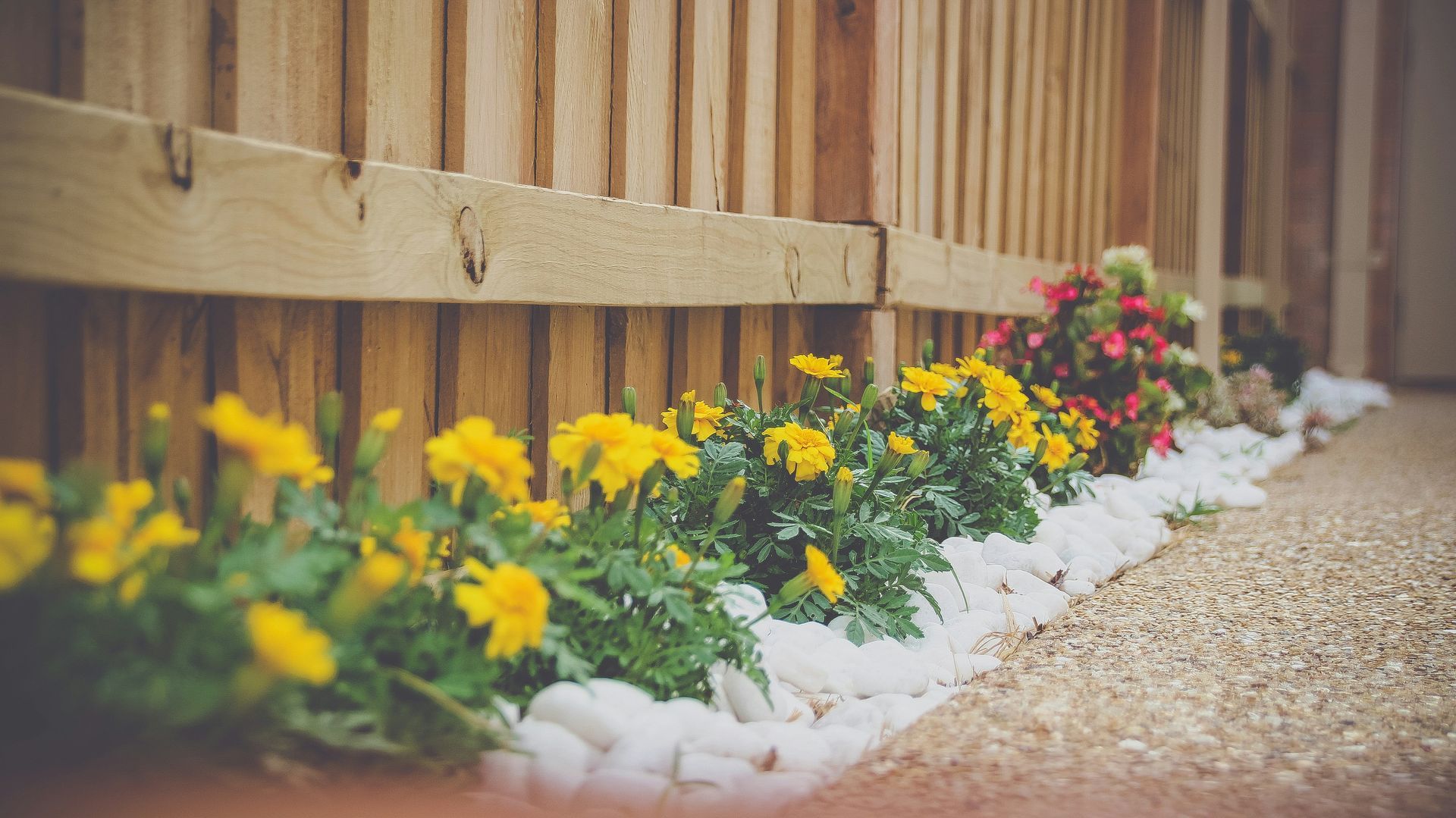
25 Apr, 2024
In the realm of landscaping, size doesn't always matter. Even the most compact outdoor spaces hold immense potential for beauty, functionality, and creativity. Whether you're working with a tiny backyard, a narrow balcony, or a petite patio, there are endless possibilities for transforming small outdoor areas into inviting retreats that maximize every square inch. In this blog post, we'll explore big ideas for limited landscapes, offering inspiration and practical tips for making the most of small outdoor spaces. Define Zones The first step in maximizing a small outdoor space is to define distinct zones for different activities. Divide the area into designated zones such as dining, lounging, gardening, and entertaining to create a sense of purpose and organization. Use visual cues such as rugs, furniture arrangement, or planters to delineate each zone while maintaining a cohesive overall design. Choose Multi-Functional Furniture Opt for multi-functional furniture pieces that serve multiple purposes and save valuable space in small outdoor areas. Look for folding tables and chairs, storage benches, or modular seating arrangements that can be easily rearranged or stored when not in use. Invest in compact furniture designs that maximize seating and surface area without overwhelming the space. Vertical Gardening When ground space is limited, look up for opportunities to incorporate greenery and maximize vertical space. Vertical gardening techniques such as wall-mounted planters, hanging baskets, and trellises allow you to add lush foliage and colorful blooms without encroaching on valuable floor space. Select trailing or climbing plants that thrive in vertical environments and create a living green backdrop for your outdoor oasis. Scale Appropriately Scale is crucial when designing for small outdoor spaces. Choose appropriately sized furniture, accessories, and plantings that complement the proportions of the area without overwhelming it. Opt for compact and lightweight materials such as rattan, metal, or resin that visually blend into the landscape and create an open and airy atmosphere. Create Illusions of Space Strategic design techniques can create the illusion of space and make small outdoor areas feel larger than they are. Use mirrors to reflect light and views, expanding the visual perception of the space. Incorporate diagonal lines or curves in pathways and plantings to create depth and movement, drawing the eye outward and elongating the space. Choose light-colored paving materials, furniture, and accessories to brighten the area and create a sense of openness. Embrace Minimalism In small outdoor spaces, less is often more. Embrace minimalism in your design approach, focusing on quality over quantity and prioritizing essential elements that serve a purpose. Keep clutter to a minimum and opt for sleek, streamlined design solutions that maximize functionality while maintaining a clean and uncluttered aesthetic. Utilize Pots and Containers Pots and containers are invaluable assets in small outdoor spaces, offering flexibility, versatility, and portability. Use a variety of containers in different sizes, shapes, and materials to create visual interest and add texture to your landscape. Arrange containers strategically around the space, incorporating a mix of ornamental plants, herbs, and seasonal flowers to bring color and life to every corner. Incorporate Vertical Elements Integrating vertical elements such as pergolas, arbors, or privacy screens can add architectural interest and vertical dimension to small outdoor spaces. These structures not only provide shade, privacy, and visual focal points but also create opportunities for vertical gardening, lighting, and outdoor decor. Choose designs that complement the scale and style of your space while maximizing functionality and aesthetics. Conclusion Transforming a small outdoor space into a functional and beautiful retreat requires creativity, innovation, and attention to detail. By implementing these big ideas for limited landscapes, you can maximize every square inch of your outdoor oasis and create a welcoming environment that reflects your style and personality. Whether you're designing a cozy balcony, a petite patio, or a tiny backyard, remember that size is no obstacle to creating a space that inspires and delights. With the right design strategies and a touch of imagination, even the smallest outdoor areas can become havens of relaxation and enjoyment for years to come.
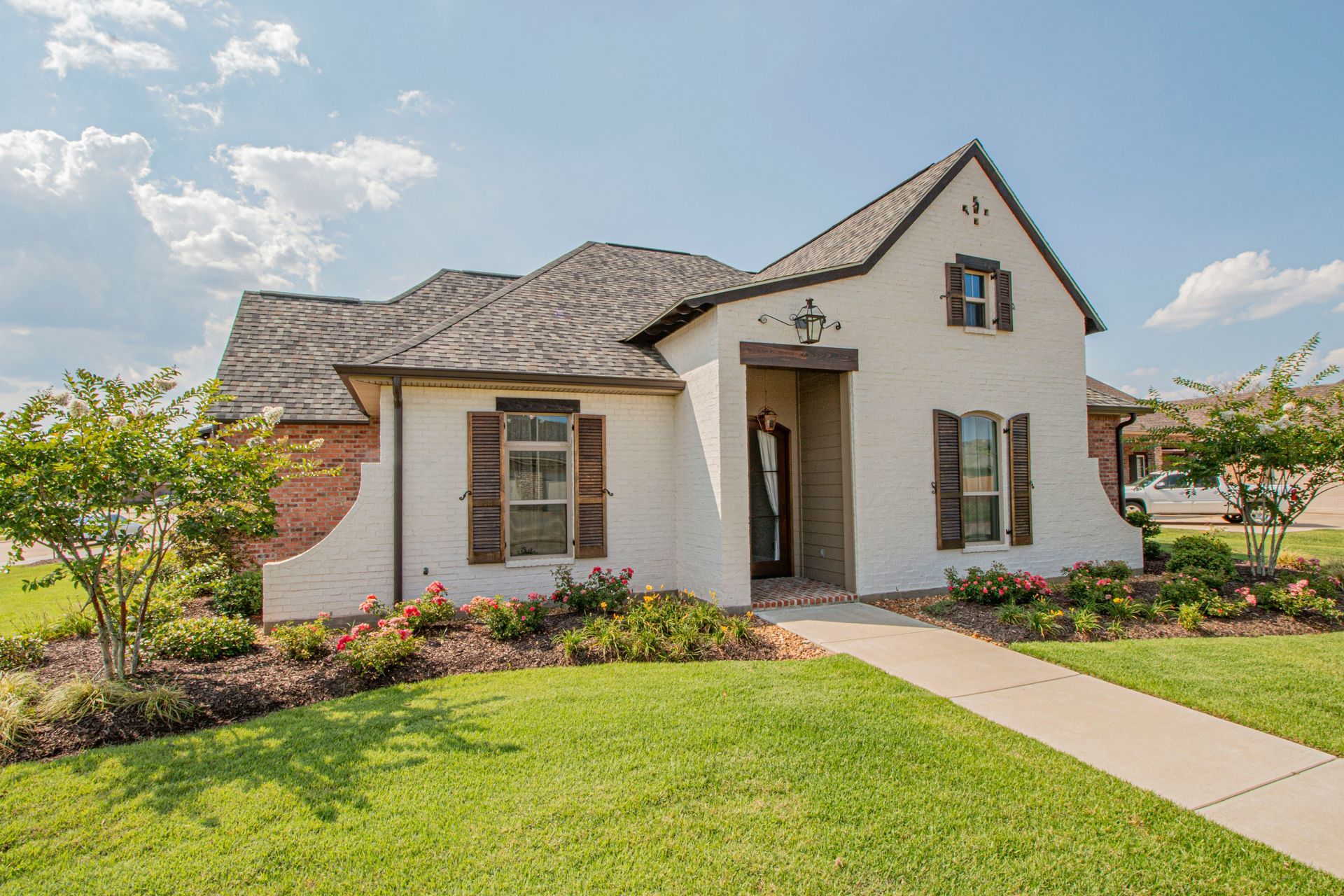
20 Apr, 2024
A lush, vibrant lawn is the pride of any homeowner in Texas. However, maintaining that verdant expanse requires more than just occasional watering and mowing. With the unique climate and soil conditions in Texas, proper lawn care practices are essential for nurturing a healthy and resilient turf. In this blog post, we'll explore 10 essential tips for maintaining a thriving lawn in the Lone Star State. 1. Choose the Right Grass Species Selecting the appropriate grass species for your lawn is the foundation of successful turf management in Texas. Warm-season grasses such as Bermuda, Zoysia, and St. Augustine thrive in the hot and humid climate of Texas, offering excellent drought tolerance and disease resistance. Consult with a local lawn care expert to determine the best grass species for your specific soil type, sun exposure, and maintenance preferences. 2. Water Wisely Proper watering is crucial for maintaining a healthy lawn in Texas, especially during the scorching summer months. When you water, water a lot but try not too water too frequently so that the roots grow deep and become resistant to droughts. Aim for 1 to 1.5 inches of water per week, including rainfall, and adjust watering schedules based on weather conditions and soil moisture levels. Invest in a programmable irrigation system or use soaker hoses to ensure efficient water distribution and minimize runoff. 3. Practice Regular Mowing Regular mowing not only keeps your lawn looking neat and tidy but also promotes healthy growth and prevents weed infestations. Adjust your mower blade height to maintain a recommended grass height of 2.5 to 3 inches for most warm-season grasses in Texas. Avoid cutting more than one-third of the grass blade length at a time and alternate mowing patterns to prevent soil compaction and encourage even growth. 4. Fertilize Strategically Fertilization is essential for providing your lawn with the nutrients it needs to thrive, but timing and application rates are critical. In Texas, apply a balanced fertilizer with a 3-1-2 or 4-1-2 ratio of nitrogen, phosphorus, and potassium in early spring, late spring, and early fall to coincide with periods of active growth. Avoid excessive fertilization, as it can lead to nutrient runoff and environmental pollution. 5. Control Weeds and Pests Weeds and pests can quickly take over a lawn if left unchecked, competing with grass for nutrients, water, and sunlight. Implement integrated pest management strategies to control weeds and pests effectively while minimizing environmental impact. Use cultural practices such as proper watering, mowing, and fertilization to promote a healthy turf that can outcompete weeds naturally. Consider spot-treating problem areas with herbicides or insecticides as needed, following label instructions carefully. 6. Aerate and Dethatch Compacted soil and thatch buildup can impede water, air, and nutrient movement to the grassroots, hindering lawn health and vitality. Aerate your lawn annually or biennially using a core aerator to relieve soil compaction and promote better root growth. Dethatch as needed to remove excess organic matter buildup and allow for improved water penetration and air circulation in the soil. 7. Overseed Bare Patches Bare patches and thinning areas in your lawn can create opportunities for weeds to take hold and spread. Overseed these areas with a compatible grass seed blend to fill in gaps and promote a dense, uniform turf. Choose high-quality seed varieties suited to your region and soil conditions, and follow proper seeding practices for optimal germination and establishment. 8. Maintain Sharp Lawn Equipment Sharp mower blades, trimmers, and edgers ensure clean, precise cuts that minimize stress and damage to grass blades. Regularly inspect and sharpen your lawn equipment blades to maintain their cutting effectiveness and prevent tearing or shredding of grass blades. Clean equipment after each use to remove grass clippings, debris, and potential pathogens that can spread disease to your lawn. 9. Monitor and Adjust pH Levels Soil pH levels directly impact nutrient availability and grass health, making regular soil testing essential for optimal lawn care. Test your soil pH annually using a soil test kit or submit samples to a professional laboratory for analysis. Adjust soil pH as needed with lime or sulfur amendments to maintain a slightly acidic pH range of 6.0 to 7.0, which is ideal for most turfgrass species in Texas. 10. Practice Seasonal Maintenance Tailor your lawn care practices to the changing seasons in Texas to address seasonal challenges and optimize turf health. Perform core aeration and overseeding in the fall to rejuvenate your lawn after the stress of summer heat. Winterize your lawn equipment and irrigation system to protect them from freezing temperatures and ensure they're ready for springtime lawn care tasks. Stay proactive and attentive to your lawn's needs throughout the year to maintain a healthy and beautiful turf in every season. Achieving and maintaining a healthy lawn in Texas requires a combination of proper watering, mowing, fertilization, and proactive maintenance practices. By following these 10 essential tips, you can nurture a lush and resilient turf that enhances the beauty and value of your property year-round. For personalized lawn care advice and professional services in Lancaster, TX, contact Lancaster Landscaping today. Let us help you transform your lawn into a green oasis that you'll be proud to call home.
LET'S WORK TOGETHER!
At Lancaster Landscaping, our goal is to provide the Lancaster, Texas area with premium landscaping services and leave a positive impact on everyone we come in contact with. We prioritize customer satisfaction above all else. Whatever challenges you're facing, we will find a solution that leaves you thrilled and ready for the next project.
© 2024
All Rights Reserved | Lancaster Landscaping
QUICK LINKS
COMPANY INFO
Business Hours
- Mon - Fri
- -
- Saturday
- -
- Sunday
- Closed